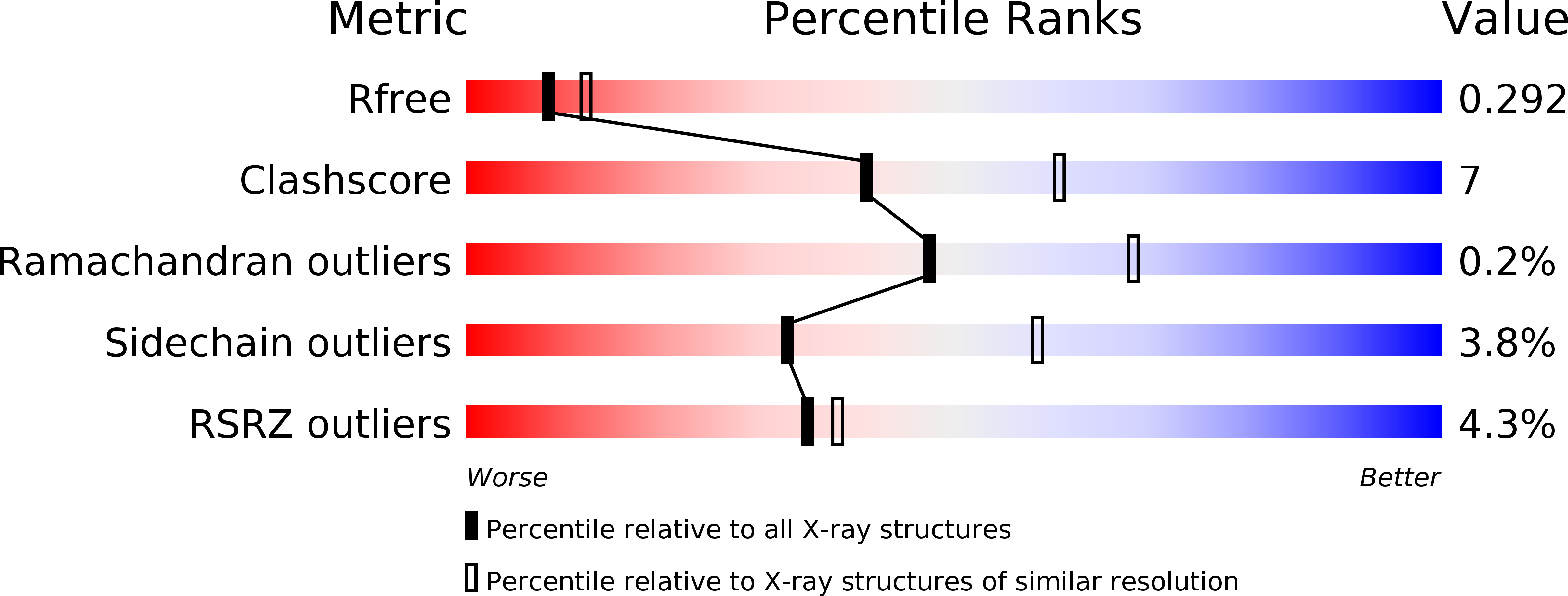
Deposition Date
2017-09-25
Release Date
2018-03-07
Last Version Date
2023-11-22
Entry Detail
PDB ID:
5YGR
Keywords:
Title:
Crystal structure of PLP bound Diaminopropionate ammonia lyase from Salmonella typhimurium
Biological Source:
Source Organism:
Host Organism:
Method Details:
Experimental Method:
Resolution:
2.50 Å
R-Value Free:
0.29
R-Value Work:
0.23
R-Value Observed:
0.23
Space Group:
C 1 2 1


